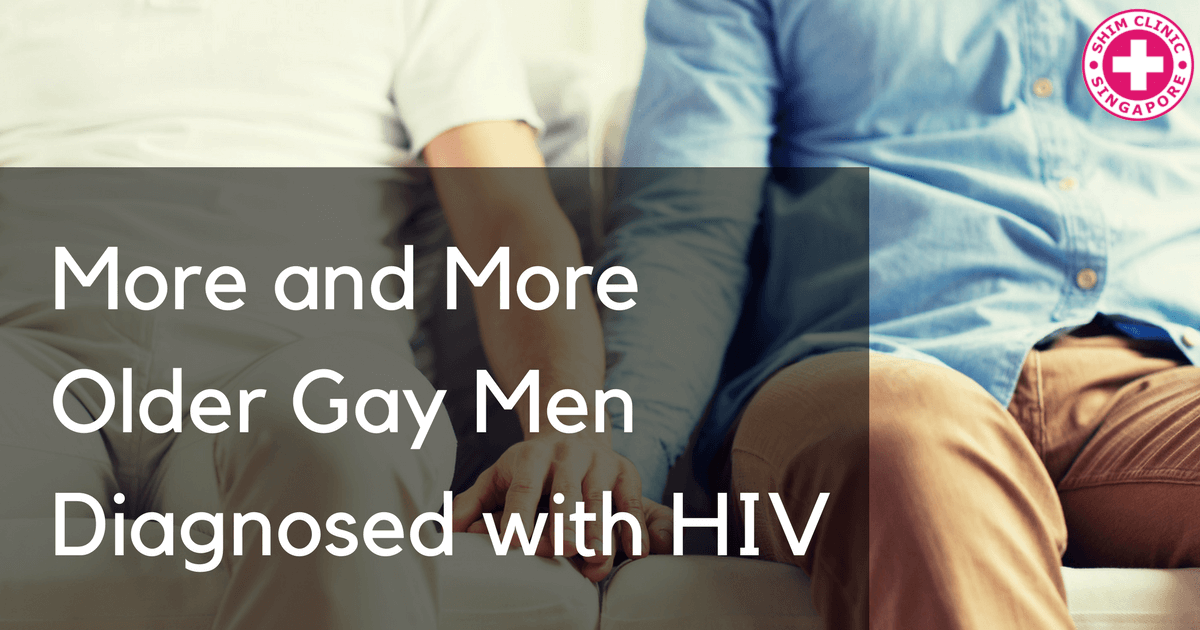HIV affects different groups of people due to different risk factors. UNAIDS and WHO report that there are over 40 million people infected by and living with HIV/AIDS in the world. Interestingly, of the 40 million, approximately 2.8 million are reported to be people aged 50 years and older.
In the U.K for instance, 1018 new cases of HIV infections were reported in people aged 50 years and older as compared to 667 cases in 2006. The United States also reports a higher number of new HIV infections among people aged 50 and above and especially men having sex with men than the younger population.
Reasons behind this New Trend
There are a number of factors that are being attributed to the new HIV infections among gay men. They include;
- Prevention Fatigue
Researchers have identified prevention fatigue as a reason behind the new high number of HIV infections among older gay men. This is when this group of people stops listening to messages of safe sex after being exposed to the messages over a long period of time. The majority of these people grew up in the 80’s and the 90’s when messages about HIV and how to prevent it were constantly circulated.
In their older age, these people stop focusing on the messages and this may lead to them engaging in risky sexual behaviour, therefore, increasing their risk of contracting the infection. In addition, prevention fatigue creates a communication barrier such that the group in question may not have knowledge of new prevention methods for the HIV infection as well as other advances in research on the infection.
- Late HIV Testing
Older people are reported not to get tested for HIV because of misconceptions and ignorance about HIV infection and whom it affects, denial of risk factors, active drug use among the group and a sense of hopelessness in the event of a positive HIV test. Others assume that they are fine while engaging in new sexual relations rather than going for an HIV test.
- Lack of use of Protection
Break-ups, divorce or bereavement of a partner later in life may leave older people newly single. Having been with one partner for many years and not thinking about HIV prevention for a long time may lead to these new singles not using protection while engaging with new partners.
Messages of use of condoms, regular testing and new prevention methods for the infection may therefore not reach this group of people. Some older gay people have confessed that it is sometimes difficult to go back to using condoms after a long time of not using them. This further increases their chances of contracting HIV when they are older.
Some Ageing Signs are Similar to Early HIV Signs and Symptoms
Studies are still been conducted on people living with HIV aged 50 and above since it is the first generation of people to grow up with the virus. Researchers are yet to fully understand how HIV affects those who have it when older. All the same, reports indicate that some early symptoms of HIV appear to be similar to ageing symptoms. This makes it difficult to diagnose the infection in its early stages among the group.
Specialists in HIV suggest that more research needs to be done on HIV infections among older gay men. One of the suggestions includes creation and generation of creative messages on all the information necessary on HIV/AIDS that will reach this group.

